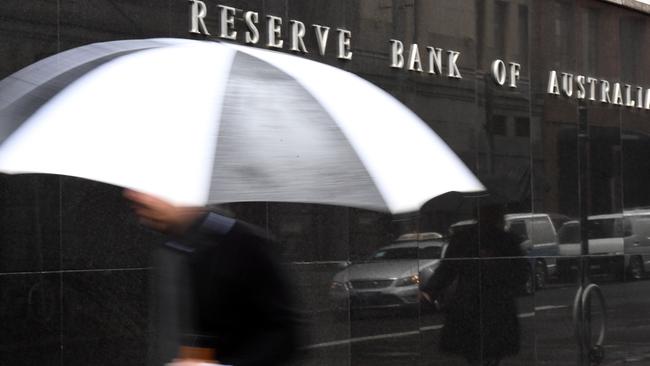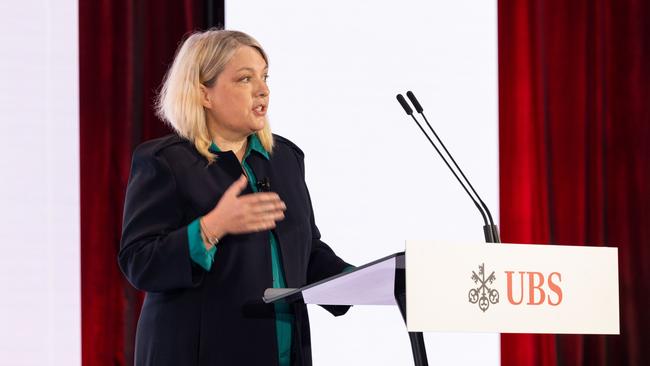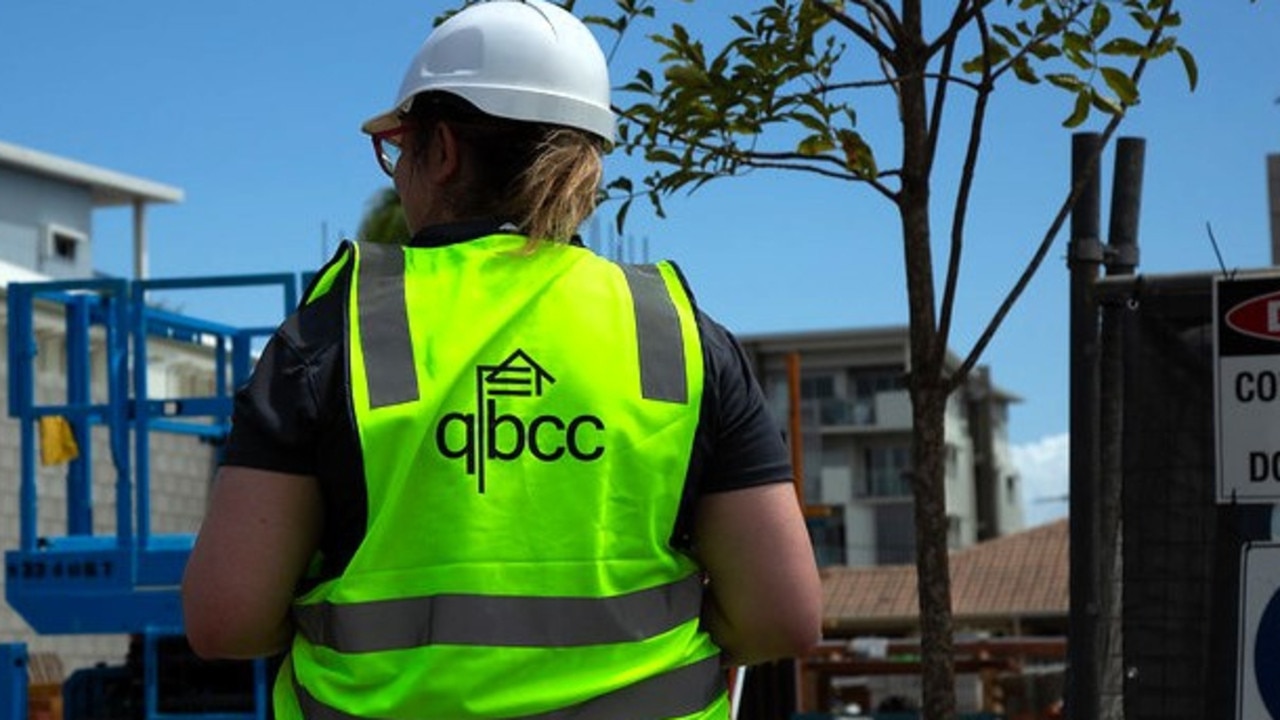The Inflation risks are still there, says RBA chief economist Marion Kohler
Reserve Bank’s chief economist Marion Kohler says inflation risks are still very much present, which is why interest rates could stay high for longer than some expect.

Business
Don't miss out on the headlines from Business. Followed categories will be added to My News.
The Reserve Bank has doubled down on its cautious messaging on inflation, with its chief economist Marion Kohler highlighting risks that could result in interest rates staying high for longer than expected.
In a speech on the outlook for inflation and employment at the Australian Business Economists Annual Forecasting Conference, the central bank’s chief economist said inflation was “still high and it will take some time before it its back in the RBA’s target range”.
“Inflation is expected to decline to be in the RBA’s target range of 2-3 per cent in 2025 and to reach the midpoint of 2.5 per cent in 2026,” said Dr Kohler, RBA’s head of economic analysis.
“This decline is based on the central projections that the subdued economic growth that we have forecast will balance demand and supply of goods and services and that in the next couple of years the labour market will be around levels consistent with full employment.
“Risks remain though and as you’d expect we will continue to monitor incoming data closely.”
In keeping with recent messaging from the RBA, she said the economy could evolve in a way that would mean it “takes longer to get back to target” on inflation.
“This could happen if households save less or draw down on their savings to support spending to a greater degree than assumed in our central forecasts,” Dr Kohler said.
“The pressure on labour or non-labour costs could also be more than we expect – for instance, from poor productivity outcomes or unexpected supply shocks. The longer inflation stays away from target, the greater the risk that inflation expectations drift higher.”
The recent disruption to shipping in the Red Sea showed that an expected moderation in global goods inflation might be “bumpy”.

Services price inflation was “high and broadly based” and expected to fall “only gradually as demand moves into better balance with supply and domestic cost pressures moderate”.
History shows that, if inflation expectations were to drift higher it would “require more monetary policy tightening and a costly period of higher unemployment to stabilise inflation expectations and return inflation to target,” Dr Kohler added.
The RBA’s base case is that economic growth will stay subdued in the near term as inflation and past rate rises weigh on domestic demand growth, particularly household consumption. But while noting some risks that could put “downward pressure” on labour demand and inflation, Dr Kohler didn’t explicitly say that the RBA may need to cut rates.
Implying that the economy could be weaker than expected and rate cuts may be needed at some point, Dr Kohler said: “The full effect on household consumption is still to play out.
“It is possible that – following a period of large declines in real incomes – households save more of their income than we expect and so consumption remains subdued for longer than anticipated. This would put downward pressure on labour demand and inflation.”
The RBA’s inflation forecasts are based on a “technical assumption” that the cash rate stays “around its current level of 4.35 per cent until the middle of 2024 before falling to around 3.2 per cent by the middle of 2026”. But it has stressed that this doesn’t amount to a forecast of rate cuts.
Dr Kohler’s comments came as the Westpac-Melbourne Institute Consumer Sentiment index rose 6.2 per cent to a 20-month high of 86 in February on improved sentiment towards major purchases and year-ahead expectations as inflation cooled and the outlook for rates swung to cuts.
Re-jigged stage three tax cuts were also a positive but a “more uneven one”, and the rebound was “checked” by cautious RBA comments after its February meeting, Westpac said.
Moreover, the overall consumer mood was “pessimistic” after hitting recessionary levels.
Consumers increasingly thought that the current tightening cycle is likely close to its peak, but the majority still saw a non-negligible probability of a further rate rise in the next 12 months.
The proportion of consumers expecting mortgage rates to fall in the next 12 months rose to 23.7 per cent, from 12.1 per cent in January, indicating that a sizeable portion of consumers is expecting the start of an easing cycle around the end of the year and early 2025.
Meanwhile, business conditions fell below their long-run average last month and confidence remained very weak, but there was a “notably pick-up” in growth in retail and product prices.
Business conditions fell two points to six index points and were just below their long-run average of seven, after a two-year run of above-average conditions, according to the NAB Monthly Business Survey. Business confidence rose a point to one index point, versus a long-run average of five, amid improvement in manufacturing and construction, but remained “very weak” amid “ongoing pressures across the economy”, and cost growth that was “still high notwithstanding some easing” in the second half.
Business confidence remained relatively weak across industries with the goods industries, retail and wholesale the softest. Input cost growth measures were little changed.
Labour cost growth was steady at 2 per cent in quarterly equivalent terms, while purchase cost growth edged up slightly to 1.8 per cent.
But output prices growth rebounded somewhat, with retail price growth rising to 0.9 per cent in quarterly terms, from 0.5 per cent, and survey-wide final products prices growth to 1.2 per cent.
“Price pressures remain solid despite the ongoing easing in activity measures,” NAB chief economist Alan Oster said. “However, they typically lag activity in the economy and we expect an ongoing easing in price pressures across the economy in early 2024. Both profitability and trading conditions are now below average with conditions supported somewhat by still above-average employment conditions.”
The easing in business conditions was led by a pullback in the services sectors though conditions in retail also remained weak.
Originally published as The Inflation risks are still there, says RBA chief economist Marion Kohler



